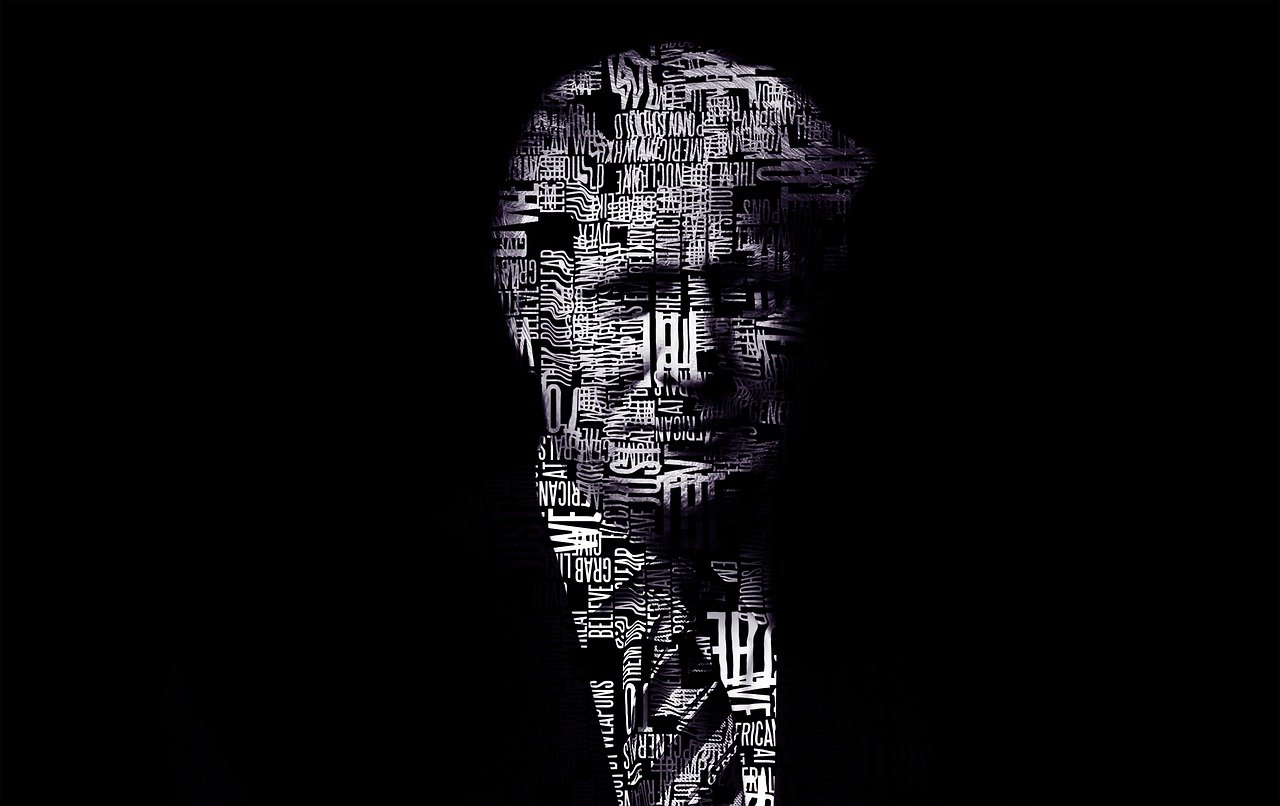The Trump twist
Donald Trump has become the first US former president to get indicted — twice. While the next steps of these legal procedures may take time, this entire sequence of events, which incidentally shook the whole world up, is worth examining from a behavioral standpoint…
The Trump era started before Trump. By that we mean, the germs of Trump politics originated decades before, when conservatives started to coalesce, often religiously inclined and starting from the South, in preparation for what they felt was coming — the “great replacement”. That concept famously refered to the notion that white communities would come to represent a smaller part of the US population as time went on, to the point of eventually becoming a minority; and that, consequently, the domination of straight white males would come to an end. That prospect was the basis for an innumerable amount of fear-based theories that propelled several political moments within the Republican party (and beyond), including the Tea party… and Trumpism.
To be clear, it is fairly obvious that Donald Trump himself does not quite believe all this “hype”. His relationship to religion is anything but deep, and his conservatism is only really heartfelt when it implies lightened fiscal policies. As it stands, his views on women’s rights, gay rights and/or trans rights, although not exactly “woke”, are significantly more liberal than that of the movement(s) around him. The thing is, however, Trump has long espoused said movements, identifying a fruitful opportunity in doing so. For the common tactic used by many extreme conservative US groups over the years, as is the case with other extreme movements around the world, has been the alternative facts / fake news strategy. In other words, trying to bend reality, by playing on words, overusing deception and downright lying to get their point across.
The difference between Trumpism and most comparable movements is how successful it was, largely because of the man’s unique talent in knowing how to talk to an audience. Indeed, the real tour de force here lay in turning what was essentially a fringe, reactionary movement into an election-winning machine. And Trump achieved that by adding a level of respectability (the man was known as a successful businessman for decades), of fame (he was also a TV star for many of those years) and of entertainment to otherwise boring political proceedings. In an era of social media, real-time news and connected ecosystems, he quite remarkably managed to have all (or at least most) fingers point to him for a number of years, often by making outlandish declarations just to get attention — and/or take the focus away from other, more problematic matters. Even his very hip predecessor, Barack Obama, arguably looked tame in comparison…
This performance (that may be the best way to qualify it) worked well enough for Trump to get elected in the first place — against political powerhouse Hillary Clinton no less. And it worked well enough for him to launch a credible reelection bid for the 2024 race, despite effectively supporting an insurrection attempt following his 2020 loss — and without any real threats of direct legal action as most of his lieutenants went to jail.
Until now.
The year 2023 and those two Trump indictments may very well be a turning point. Whatever comes Trump’s way he will try to utilize, and this time is no different, but more allies than ever before have started distancing themselves in the wake of these announcements. Not because they are shocked — everyone is aware of the basis for these indictments, and other people have already been arrested and have gone to jail for them — but because they are starting to feel that the key factor in all of this, the general opinion, may be starting to turn.
In the long run, no matter how efficient the communications machine of an organization is in spinning facts, things tend to get seen for what they truly are — falsehoods, at best. A great example of this is the Affordable Care Act, which Trump vowed to take down but still remained in place (to some extent) because the US population realized its inherent societal value. Past historical examples all show the same sort of trajectory, eventually reaching a point when the bubble bursts and people get out of that “No fact zone”, as the great Stephen Colbert ironically once put it.
The tricky part is knowing when that inflection happens — and how much damage will take place before it does. Now feels like that time for Trump. Let us see; and hope.
